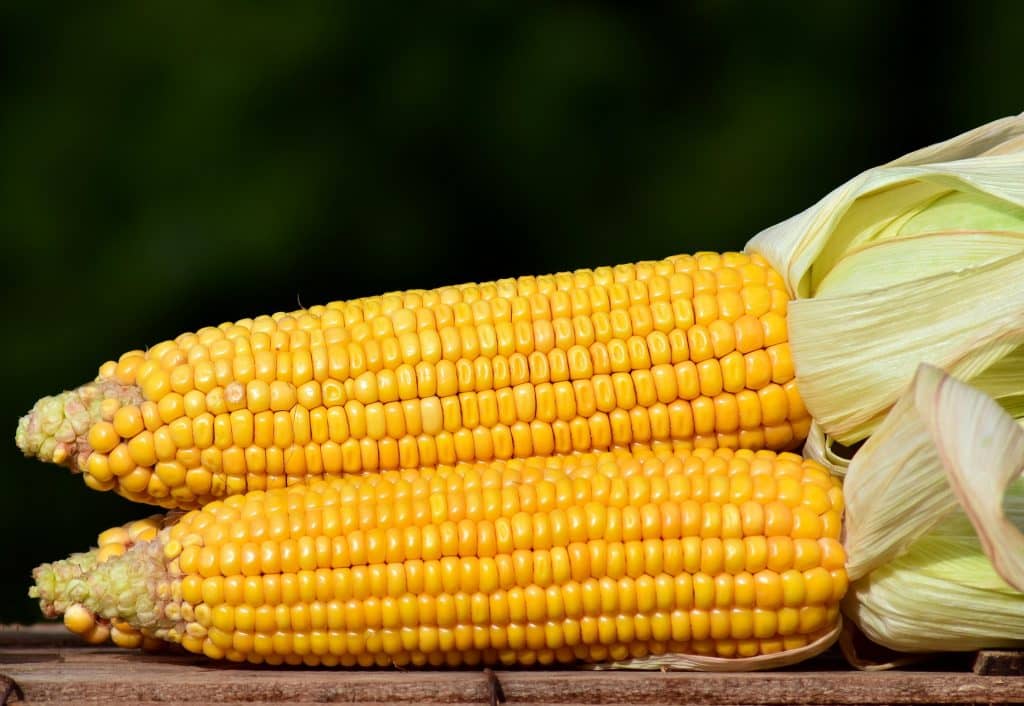The harvest of the second crop is now advancing in all states, and Mato Grosso is heading towards the final stretch for another two or three weeks. There are 82 mln tons arriving in the market in July and August and, of course, they have a strong impact on all logistics. However, due to the current situation of fuels and Petrobras’ inexplicable resistance to lowering diesel oil prices, freight has been the major problem for the flow of this 2022 second crop. Trading companies and domestic consumers pay dearly to remove relatively cheap corn from growers and put it in the final destination. Corn has low prices for growers and is expensive for consumers due to freight. Exports are already starting a good season, having surpassed 14 mln accumulated tons.
As the harvest progresses, Brazilian logistics try to flow out the remaining soybean crop still present in the domestic market while boosting the flow of the record 2022 second crop. Whenever there is a good production, the logistics context ends up weighing on internal freight. Unfortunately, we still have a very expensive diesel oil price despite low crude oil prices, and the concentration of the harvest keeps freight at record levels. Thus, there is cheap corn below BRL 65 in Mato Grosso, but the same product that arrives in Rio Grande do Sul is not sold for less than BRL 97 CIF, expensive for consumers. A logistics conjuncture that distorts internal price relationships.
Last week, port prices dropped to BRL 84/85 and started to signal prices for the interior of Paraná, for example, at BRL 75/76 in exports, BRL 65/66 in Mato Grosso do Sul, BRL 74 /75 in the interior of São Paulo, BRL 66/67 in Goiás, BRL 70 in Minas Gerais, and BRL 61/65 in Mato Grosso. In Matopiba, prices remain at BRL 70, but with a large supply due to the harvest.
This flow of sales pressure, competition for space, and logistical difficulties must last until late August and early September. It is difficult to find room for some price recovery before this deadline. After this period, when freight starts to settle down with the end of the harvest, this price differential between growers and consumers may improve. But for corn prices to really go up from October to January, we will need a lot of exports. Shipments are progressing very well, with July having shipped 3.4 mln tons, with over 6 mln tons scheduled. This year’s accumulated volume hits 14.1 mln tons for a target of 37 mln in the business year (February to January).
The major concern about the weakening of exports, later on, is over the soybean logistics from January onwards. Possibly, there will be a new record soybean crop, which could have already occurred in 2022, whose flow will need all possible space. The excess corn stored in warehouses for 2023 could complicate these logistics at the beginning of the year and force corn sales at still low prices to free up space.
Copyright 2022 – SAFRAS Latam

